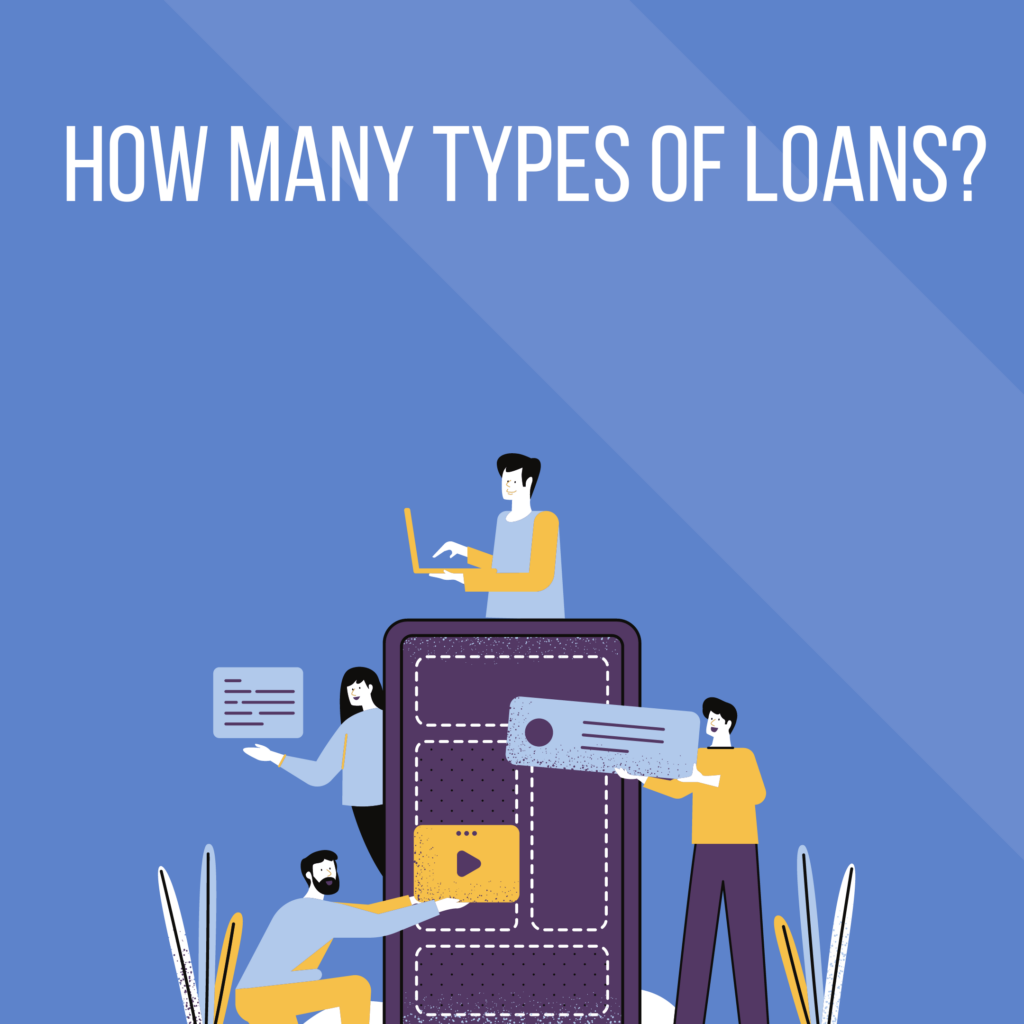
Personal loans are loans obtained for different short-term reasons. These reasons are generally more personal such as emergencies. Financial institutions provide personal loans for short to medium-term use.
Personal loans come with many advantages, which may make them favorable for certain individuals.
For example, they come with easy and flexible repayment schedules. On the downside, personal loans may come with higher interest rates than other types of loans.
There are many types of personal loans that are available in the market. Individuals need to differentiate between different types of personal loans to determine which one suits their needs the best.
The types of personal loans are as below.
1) Unsecured personal loans
Unsecured personal loans don’t require the backing of an underlying asset. This type of personal loan may come with higher interest rates for the borrower.
This is mainly because unsecured loans are, generally, riskier for the financial institutions providing the loan. The interest rates on this type of personal loan may range from 5% to as much as 36%.
Similarly, unsecured personal loans are more difficult to obtain because they may come with certain credit rating requirements.
The borrower’s creditworthiness also dictates the interest rates on this type of loan. The worse their credit ratings are, the more they will have to pay interest charges due to higher rates.
Unsecured personal loans may be more suitable for people who cannot provide an asset as collateral. By not providing an asset as collateral, a borrower decreases its risks while increasing them for the lender.
Similarly, individuals with good credit ratings may be more suited for this loan than those with bad credit ratings.
However, this personal loan may come with borrowing limitations and be difficult to qualify for.
2) Secured Personal Loans
Secured personal loans are the opposite of unsecured personal loans. When obtaining secured personal loans, borrowers will need to provide an asset as collateral.
The interest rates on this type of personal loan are lower compared to unsecured personal loans. Secured personal loans are also easier to obtain due to the underlying secured asset.
Similarly, secured personal loans have lesser requirements when it comes to creditworthiness. This is mainly because the underlying secured asset covers the risks of providing the loan for the financial institutions.
Borrowers can use different types of assets as security for personal loans. For example, financial institutions provide secured personal loans against vehicles, personal savings, homes, or other assets.
Secured personal loans are suitable for borrowers who have an asset to offer as security. However, the risks of the loan are transferred to them rather than the financial institutions.
Similarly, secured personal loans may also be a good idea due to their lower interest rates. This type of personal loan may also be more lenient when it comes to borrowing limits.
3) Cosigned personal loans
Cosigned personal loans can either be secured or unsecured. Cosigned loans are signed by two borrowers instead of one.
This may be necessary in times when the main borrower does not have a satisfactory credit score to qualify for the loan.
However, cosigned personal loans require both borrowers’ combined or average credit scores to meet the qualification requirements for the loan.
As mentioned above, consigned personal loans are more suitable for borrowers that cannot meet the credit rating requirements of financial institutions.
However, this type of personal loan may be disadvantageous for the cosigner with a better credit score.
4) Fixed-rate personal loans
Fixed-rate personal loans carry fixed rates. This means that the borrower who obtains the loan will pay fixed amounts of interest each month.
Most personal loans are fixed-rate. Fixed-rate personal loans are easier to understand and can help with personal budgeting as well.
Fixed-rate personal loans are more suitable when the market’s interest rates are increasing.
5) Variable-rate personal loans
The opposite of fixed-rate personal loans is variable-rate personal loans. In a variable-rate personal loan, borrowers have to pay variable interest payments based on interest rates prevalent in the market.
Some other variable-rate personal loans come with different interest rates for particular times during the loan period.
Variable-rate personal loans are rarer as compared to fixed-rate personal loans. Variable rates are more suitable for times when the interest rates in the market are decreasing.
Conclusion
Personal loans are short-term loans obtained for different reasons. There are many advantages and disadvantages of personal loans. Similarly, personal loans can come in different types.
A borrower needs to evaluate which type of personal loan suits their needs the best. The types of personal loans include unsecured, secured, cosigned, fixed-rate, and variable-rate personal loans.
